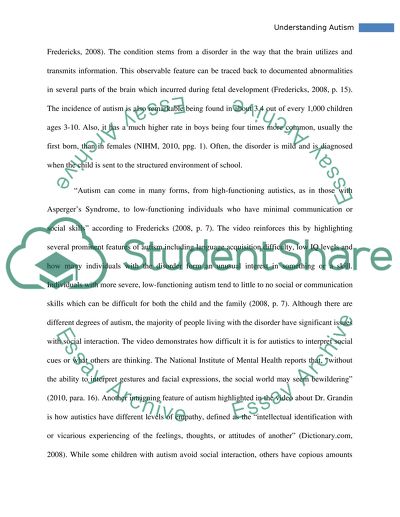Cite this document
(“Understanding Autism: Thoughts on Grandin's Thoughts on Autism Research Paper”, n.d.)
Understanding Autism: Thoughts on Grandin's Thoughts on Autism Research Paper. Retrieved from https://studentshare.org/psychology/1447051-autism-reflection-and-research
Understanding Autism: Thoughts on Grandin's Thoughts on Autism Research Paper. Retrieved from https://studentshare.org/psychology/1447051-autism-reflection-and-research
(Understanding Autism: Thoughts on Grandin'S Thoughts on Autism Research Paper)
Understanding Autism: Thoughts on Grandin'S Thoughts on Autism Research Paper. https://studentshare.org/psychology/1447051-autism-reflection-and-research.
Understanding Autism: Thoughts on Grandin'S Thoughts on Autism Research Paper. https://studentshare.org/psychology/1447051-autism-reflection-and-research.
“Understanding Autism: Thoughts on Grandin'S Thoughts on Autism Research Paper”, n.d. https://studentshare.org/psychology/1447051-autism-reflection-and-research.


